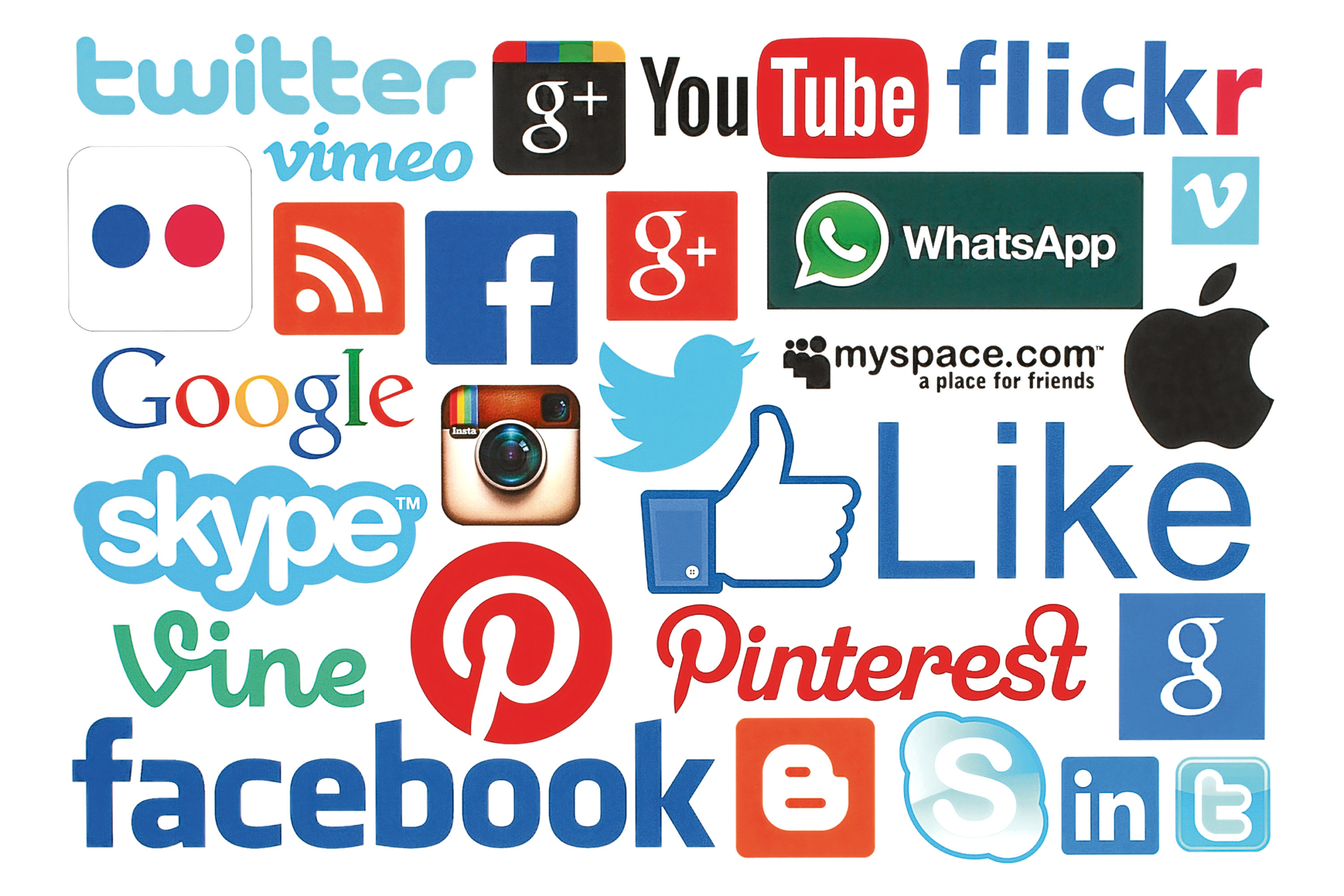
FEWER than one in five people in the UK thinks social media does a good job in separating fact from fiction, a major study has revealed.
That is less than half the figure that thinks the traditional news media does well in that regard, according to the Reuters Institute annual Digital News Review.
The report was based on a survey of 70,000 people in 38 countries and other keys findings included:
- More under-35s than originally thought were prepared to pay for digital news.
- Almost one in three respondents said they actively avoided the news, with almost half of those saying it was depressing.
- In the UK, overall trust in news organisations has dropped 7% post-Brexit, with the reason believed to be the polarised sides in the debate both believing the media had fed them fake news.
Globally, only 24% of people think social media does a good job in separating fact from fiction. That dropped to 18% in the UK.
That was compared to a global figure of 40% who thought news media did a good job in that regard, with the UK scoring 41%.
Only people in Greece reported more confidence in social media, with 28% saying it did a good job compared with 19% for news organisations.
The public’s concerns about fake news should embolden publishers to champion distinctive, high-quality journalism, lead author Nic Newman said.
And media organisations should be encouraged by a finding that, contrary to what has traditionally been thought, under-35s were prepared to pay for news.
That correlated with this age group already being well-used to buying online services such as Netflix or Spotify.
In the post-Trump US, the figure of people willing to pay for online news has gone up from 9% to 16%, with most of those coming from the political left.
The survey also revealed that ad-blocking, though still widespread, has stopped growing and has largely not spread to mobile devices.
Mr Newman said media organisations should be more optimistic about this year’s review than the previous one.
It was a “myth” young people would not pay for news, he said, and there were emerging new business models and a growth in donations and memberships schemes.
“The worries that people have about the quality of their news means there is an opportunity to charge, or to cut through with more distinctive journalism,” he said.
“People are beginning to realise if you don’t pay for it then you are the product.”

Enjoy the convenience of having The Sunday Post delivered as a digital ePaper straight to your smartphone, tablet or computer.
Subscribe for only £5.49 a month and enjoy all the benefits of the printed paper as a digital replica.
Subscribe